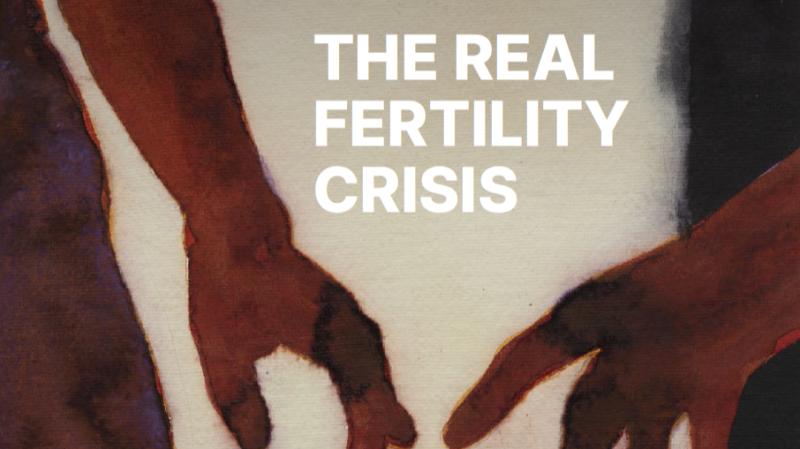- Courses
- GS Full Course 1 Year
- GS Full Course 2 Year
- GS Full Course 3 Year
- GS Full Course Till Selection
- MEP (Mains Enrichment Programme) Data, Facts
- Essay Target – 150+ Marks
- Online Program
- GS Recorded Course
- NCERT- First Ladder
- Polity
- Geography
- Economy
- Ancient, Medieval and Art & Culture AMAC
- Modern India, Post Independence & World History
- Environment
- Governance
- Science & Technology
- International Relations and Internal Security
- Disaster Management
- Ethics
- Current Affairs
- Indian Society and Social Issue
- CSAT
- 5 LAYERED ARJUNA Mentorship
- Public Administration Optional
- ABOUT US
- OUR TOPPERS
- TEST SERIES
- FREE STUDY MATERIAL
- VIDEOS
- CONTACT US
Indias socio-economic performance in comparison to G20 countries
Indias socio-economic performance in comparison to G20 countries
Latest Context:
Recently, the 18th G20 Summit held in New Delhi, under the theme 'One Earth, One Family, One Future,' marked an important occasion for India.
Introduction:
Recently, India played host to the 18th G20 Summit in New Delhi, with the theme 'One Earth, One Family, One Future.' As India handed over the G20 Presidency of 2024 to Brazil, it became crucial to assess India's socioeconomic standing in comparison to its fellow G20 nations. Unfortunately, India's recent performance in key socioeconomic indicators fell behind its G20 counterparts.
India's relative standing in various key socioeconomic indicators:
Gross Domestic Product (GDP) per capita:
- In 1970, India ranked 18th out of 19 regions analysed (excluding Russia) with a GDP per capita of USD 111.97.
- By 2022, India's GDP per capita had risen to USD 2,388.62 but still remained at the bottom among the 19 regions.
Human Development Index (HDI):
- HDI measures average achievement in human development based on life expectancy, education, and living standards.
- India's HDI improved from 0.43 in 1990 to 0.63 in 2021, reflecting progress in life expectancy, education, and living standards.
- However, India continued to rank at the bottom among the 19 regions.
Health Metrics:
- Life Expectancy: India's average life expectancy increased from 45.22 years in 1990 to 67.24 years in 2021, surpassing South Africa but still lagging behind China.
- Infant Mortality: In 2021, India ranked 19th out of 20 regions, with an infant mortality rate of 25.5.
Labour Force Participation Rate (LFPR):
- In 1990, India ranked 18th with an LFPR of 54.2%, above Italy and Saudi Arabia.
- By 2021-22, India's LFPR slipped to 19th place, with a reduced LFPR of 49.5%, ahead of Italy.
Women in Parliament:
- India's share of women in Parliament increased from 8.1% in 1998 to 14.9% in 2022.
- However, India's rank declined from 15th in 1998 to 18th in 2022 among G20 countries and the EU.
Environmental Performance:
- India has effectively reduced carbon emissions, consistently ranking as the lowest emitter among the 20 regions.
- However, India's progress in adopting eco-friendly energy sources has been relatively slow, with only 5.36% of electricity generated from renewables in 2015, ranking 13th among the 20 regions.
Way Forward:
- Policies must prioritize inclusive economic growth, focusing on marginalized communities, rural development, and skill enhancement programs.
- Job creation, especially for the youth, through entrepreneurship and skill development, should be a central focus.
- Targeted healthcare interventions, maternal and child healthcare, immunization, and sanitation infrastructure investments are imperative for reducing infant mortality.
- Promoting gender equality in the workforce and leadership roles is a critical policy objective.
- Accelerating the adoption of eco-friendly energy sources and increasing renewable energy generation is essential for sustainable development.
- Encouraging greater women's participation in politics and leadership roles is pivotal.
- Strengthening anti-corruption measures and fostering ethical governance at all levels are essential for India's progress.
Conclusion:
The comparative analysis of India's socioeconomic performance in relation to G20 countries reveals both areas of progress and areas that require targeted attention. This assessment underscores the need for India to continue striving for comprehensive development, inclusive growth, and sustainable practices to further elevate its global standing.
Q. Which index measures human development, taking into account life expectancy, education, and living standards?
a) GDP Index
b) Human Rights Index
c) Human Development Index (HDI)
d) Quality of Life Index
Correct Answer: c) Human Development Index (HDI)



